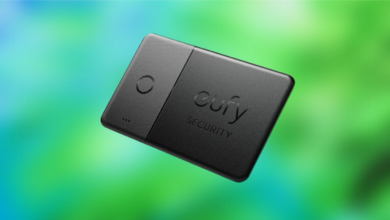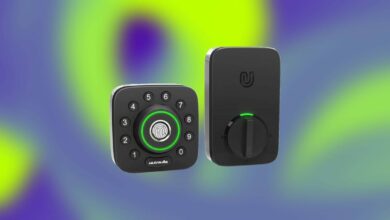How to clean your robot vacuum so it can keep cleaning for you
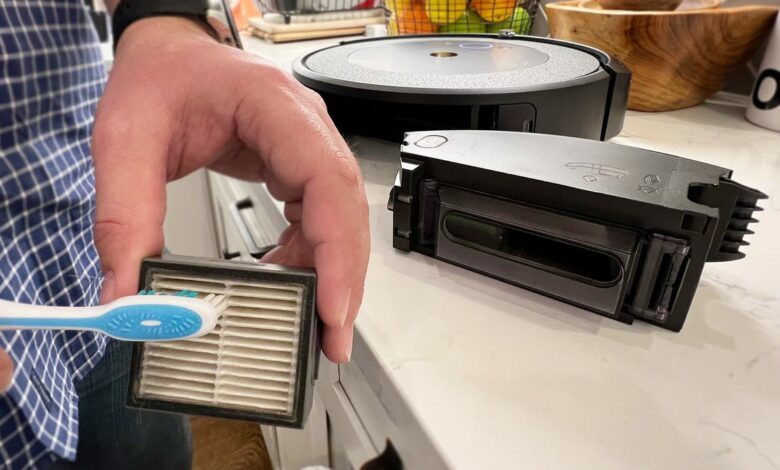
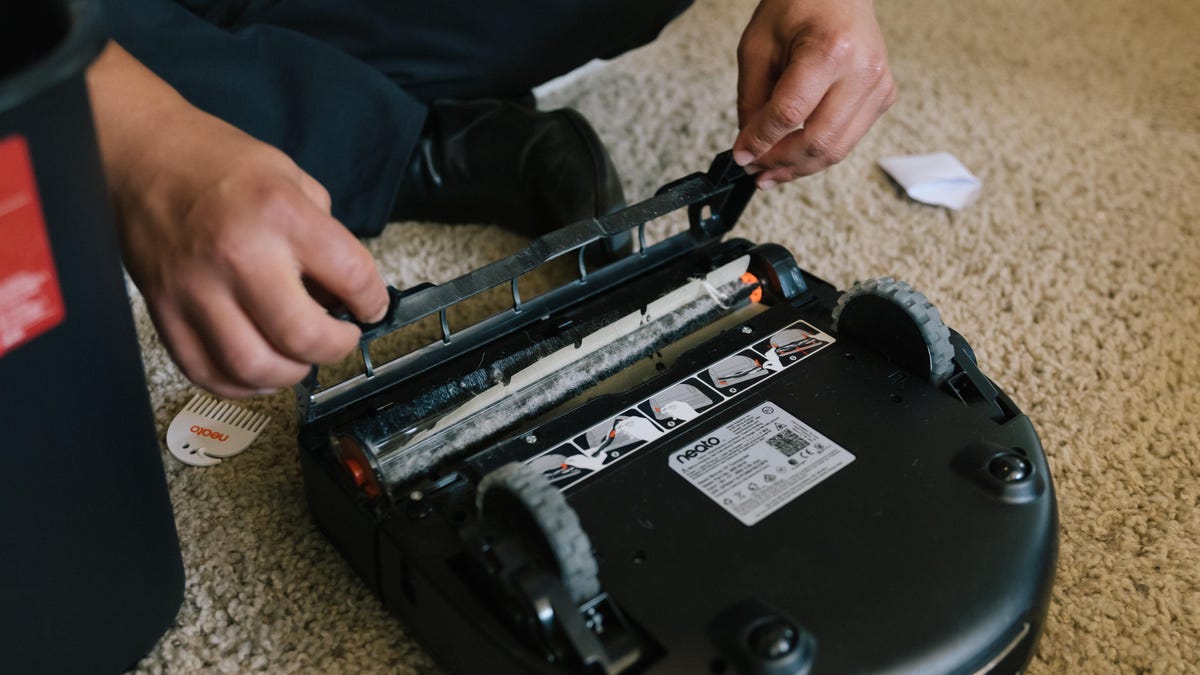
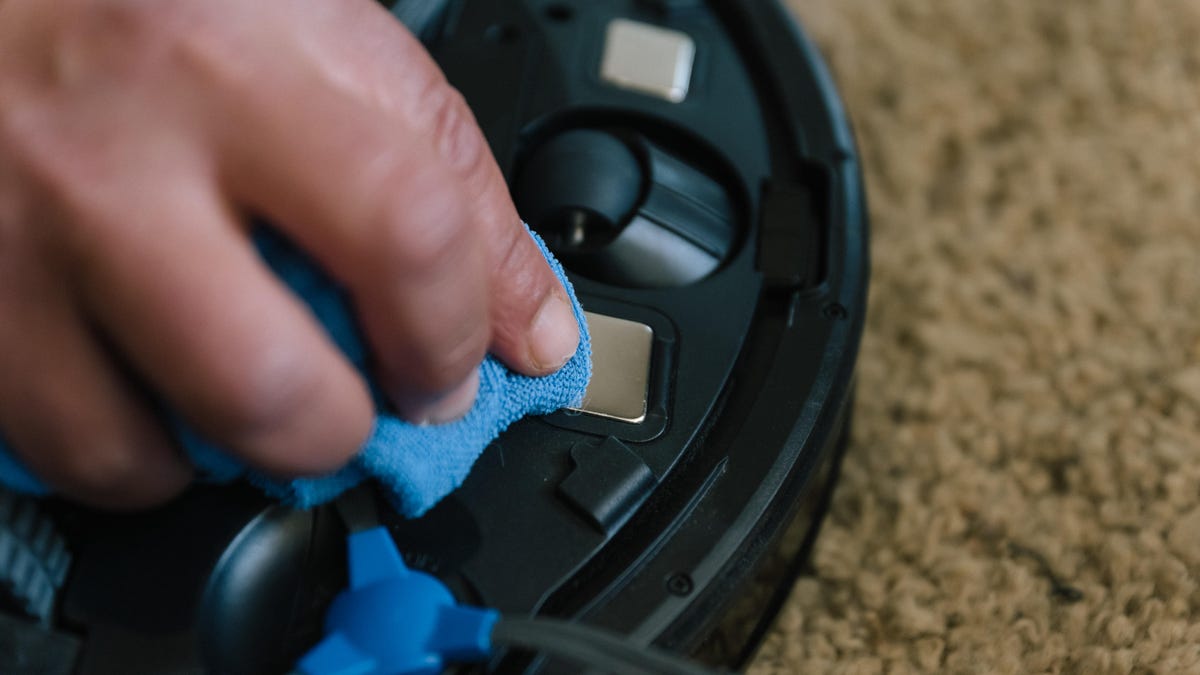
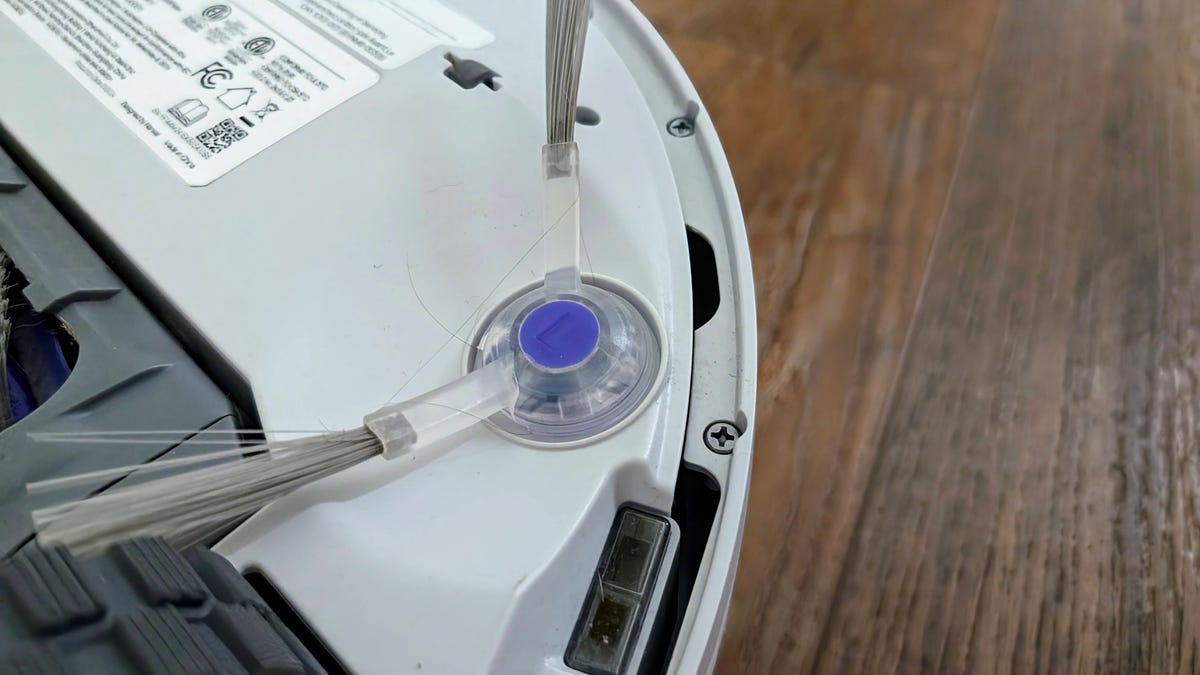
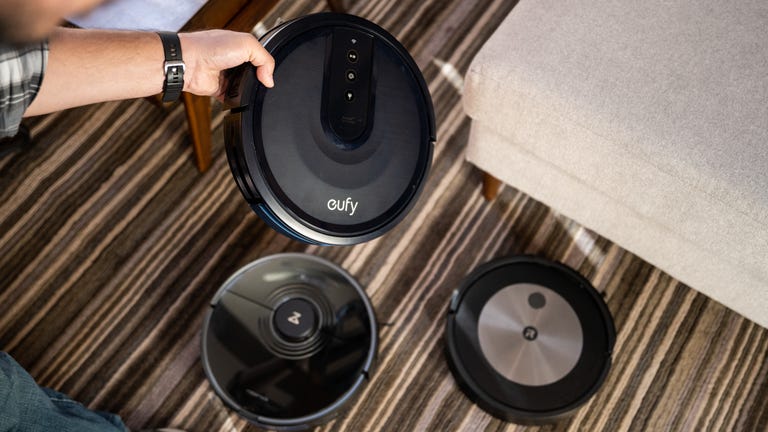
Robot vacuums are clever little inventions that automate the cleaning of your floors, much like robot lawn mowers are beginning to do for our lawns. Robot vacuums are generally self-sufficient: they avoid getting tangled in cords, mop floors, and navigate around pet waste — all on their own. Robot vacuums also have several advantages. They offer a convenient, hands-free solution that gives you back time to do the things you love, and they fit into any lifestyle, budget, or home size. But they’re not completely self-sufficient. Every now and then, we all need to help our vacuuming robots out with a little maintenance.
With all the cleaning these devices do, there’s bound to be some dirt and grime that builds up from time to time. Brushes get tangled in pet hair, sensors get dusty, charging stations get clogged, and other nooks and crannies need cleaning. With just a few minutes of occasional cleaning, your robot vacuum can keep your home’s floors clean for a long time.
You’ll need to perform some additional maintenance if you want your robot vacuum to perform well and suck up as much dirt as possible instead of just pushing it around. In particular, you’ll want to focus on maintaining your robot vacuum’s wheels, main brush, and side brushes. I reached out to Ryan Stocking, Roomba Product Manager at iRobot, via email to get some expert-approved tips for taking care of your trusty robot vacuum.
For more vacuuming tips, check out these five ways to make your robot vacuum cleaner work even better. There’s also our guide to help you decide between buying a robot vacuum cleaner or a cordless vacuum cleaner, or if you just want the cheapest vacuum cleaner we recommend.
Why should you clean your robot vacuum cleaner?
Isn’t the whole point of a vacuum cleaner to clean? While it can be frustrating to have to clean your cleaning tools, regular maintenance has serious benefits; mainly extending the life of your appliance’s efficiency. We all know the feeling of starting up a once-great vacuum cleaner only to find that it’s a relic of its former self, but there are ways to alleviate that.
The lifespan of a robot vacuum varies depending on the frequency of use, the condition of the floor and, most importantly, the maintenance by the user. With proper care and cleaning, your robot vacuum can last a long time, according to Stocking.
According to research by the University of Twente, vacuum cleaners last about eight years. Consumer Reports Surveybut the lifespan can vary up to 10 years or more, depending on how often you use your vacuum and how regularly you maintain it. If you’re not sure when to replace your vacuum, follow our warning signs guide to know if it’s time to buy a new one or upgrade.
How to clean your robot vacuum cleaner
If you’re not sure where to start when it comes to cleaning your robot vacuum, we recommend consulting the manufacturer’s maintenance guide. Your specific robot vacuum model may require specific care. A fairly uniform cleaning routine is needed, regardless of brand or style
“Maintenance typically involves cleaning or replacing air filters, inspecting and cleaning the brushes and rollers, and occasionally wiping down sensors on the bottom of the robot, such as the cliff detect sensors and charging contacts,” Stocking says. Modern Wi-Fi-connected robot vacuums can also provide maintenance tips and reminders through their companion app, and even updates on the health status of various components, such as filters and roller brushes.”

You should regularly thoroughly clean the brushes of your robot vacuum cleaner.
How often should you clean your robot vacuum cleaner?
Your robot vacuum likely came with a manual that lists the recommended frequency of cleaning procedures. Consult that first, but the timelines are usually clear and consistent from model to model.
The frequency of maintenance procedures for robot vacuum cleaners varies:
- Daily: Empty the container and check the wheels for stuck dirt.
- Weekly: Cleaning brush rollers and wheels.
- Monthly: Charging contacts and cliff sensors; remove brushes and clean thoroughly.
Stocking said iRobot specifically provides illustrated guidance on how to perform general maintenance procedures, which are also available in the iRobot Home App. Other robot vacuum brands such as Dreamtech, Roborock And Eefje also offer comprehensive, user-friendly guides that describe how to best maintain your device.
How to care for robot vacuum cleaner wheels?
When the wheels of the robot vacuum cleaner get dirty, full of dust or hair, they turn less well. This means that your small device moves less efficiently and can even scratch your floor.
To keep the wheels turning, check at least once a week for wires or hairs wrapped around the axles. If there is a buildup, use a utility knife or scissors to cut the dirt loose.
Next, check to see if anything is stuck to the wheels. If you have kids or pets, you know that there’s no end of sticky stuff that can potentially get run over and stick to the bottom of a robot vacuum. If you find any, wipe the wheels down with a damp cloth. Clean wheels provide better traction and prevent stress on the vacuum’s motor, which will ultimately extend the life of your machine.

If the robot vacuum cleaner is dusty, you can clean the bottom and wheels with a cloth.
How do you clean the main brush of a robot vacuum cleaner?
All robot vacuums — whether it’s a Roomba, Shark, Botvac, or another popular brand — have at least one main brush that pulls dirt, lint, and hair into the dust chamber. Like the wheels, the main brush can get tangled in hair, string, and other debris. Check the main brush after each use and cut away any that has become wrapped around it. Be careful not to cut the bristles as you work.
Once a month, you should remove the main brush completely and hand wash it in warm water and mild dishwashing detergent. Rinse well and then let it air dry completely before putting it back in the robot vacuum cleaner.
How to maintain the side brush of the robot vacuum cleaner?

The side brushes of robot vacuum cleaners are excellent for removing dirt from skirting boards. Sometimes hair can also get stuck in them.
The side brushes on a robot vacuum are smaller than the main brush and are designed to pull dirt into the reach of the main brush. These smaller brushes also require a little extra care to keep them working properly.
After a while you will notice that these brushes can become warped or even tangled. Luckily, you can straighten them out without much effort.
Here’s a little trick I’ve figured out over the years: Heat the plastic bristles with a hair dryer on high for a few seconds. Once they’re warm, use your fingers to push the bristles back into place. Hold them in place for a few seconds until they cool, which will lock them back into place.
The heart of the matter
Whether you work from home, travel frequently, live alone or with a family and pets, robot vacuums are a convenient addition to your daily cleaning routine. They can make life so much easier, but only if you’re willing to put in a little work each week to keep them running smoothly. Simply put, a few extra minutes of maintenance each week or so will keep your robot vacuum humming along for years to come, helping you get the most out of your robot vacuum investment.
For more vacuuming tips, check out the best Roomba alternatives to keep your floors clean and the best robot vacuum deals available now . You can also check out the right way to vacuum your floors .

Check this out: How to Choose a Robot Vacuum Cleaner: Find the One That Fits Your Needs and Budget

